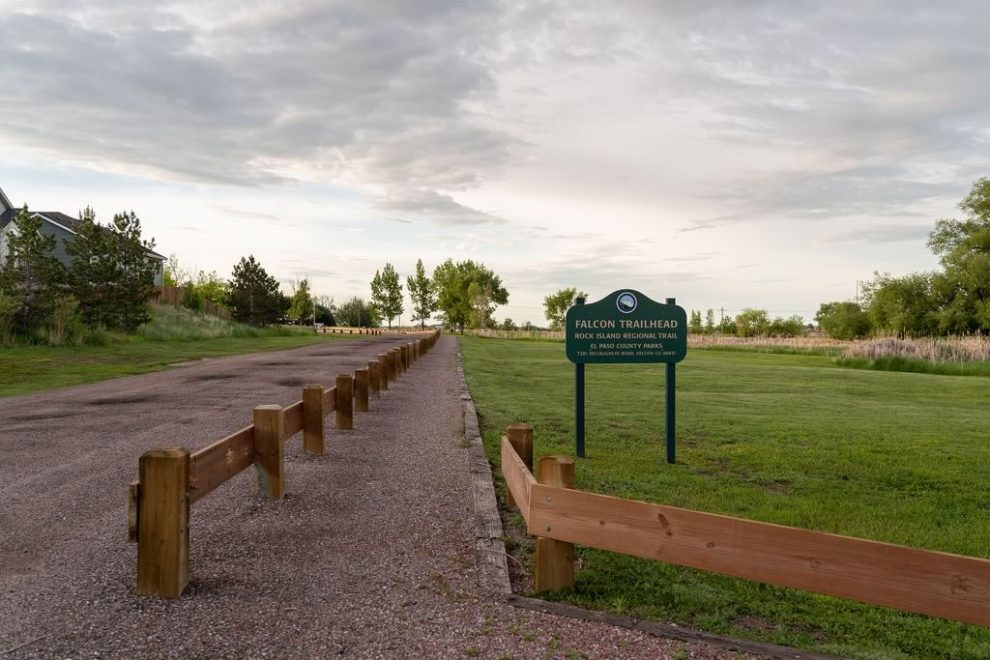According to the 2021 Colorado Health Access Survey conducted by the Colorado Health Institute, nearly 2.1 million people in Colorado (or 37% of respondents) said they had taken part in a telehealth visit.
How will the Colorado Health Institute see that number change when the 2023 survey data is released in February?
Experts at the American Telehealth Association predict that telehealth usage is only going to continue to grow thanks to technology advancements, patient comfortability and policy changes.
“There was a massive surge in the adoption of telehealth during the pandemic and then it leveled off a little bit. But it has stayed steady over the past couple of years and I expect it will continue to grow,” said Tom Mann, senior policy associate for the ATA. “There’s been an evolution from telehealth being considered more of a niche service to now a fundamental part of the health care delivery system.”
That idea holds true for a Calhan-based rural health clinic, Eastern Plains Medical Clinic, which saw 53% of patients via telemedicine in 2020; 42% in 2021; 24% in 2022; and an increase to 28% in 2023.
The Eastern Plains Medical Clinic added telemedicine to its list of health care services during the pandemic and the community has reaped undeniable benefits since.
Kelli Zearing, Eastern Plains Medical Clinic practice manager, said, “We opted to start offering those services because the majority of our patients are elderly patients. For them to come out and be in the public with the high chances of them contracting COVID or RSV (Respiratory Syncytial Virus) or influenza, we thought it was a real benefit for our patients.”
But a domino effect of other major advantages has followed.
Zearing said many patients in rural communities lack means of transportation or sufficient funds to travel long distances to and from appointments.
Mann told an anecdote about a rural patient who had to make a decision between filling their vehicle with enough gas to travel to receive necessary health care or put food on the table for their family. With telehealth as an option, that burden can be alleviated.
“You hear stories like that and you realize that telehealth is getting the services to communities where you can’t physically bring the providers,” Mann said.
That is especially true when specialty care is considered.
“Telehealth can increase access to specialists and maybe eliminate the need for a long trip to Denver,” said Joe Hanel, spokesman for the Colorado Health Institute.
Other telehealth perks include convenience and ease of scheduling and attending appointments.
Despite these benefits, there are still many barriers to the expansion of telehealth services.
Hanel said, “Barriers (to telemedicine) include providers’ willingness to use it, the cost of technology for both providers and patients and the lack of high-speed internet in some rural areas.”
That final point hits home for providers and patients utilizing telehealth services at Eastern Plains Medical Clinic.
“The actual audio-visual interaction with the providers is a challenge because of the lack of internet speeds in Calhan, Rush, Simla and a lot of the surrounding areas,” Zearing said. “That’s the biggest challenge we face, not only from a business standpoint — because we don’t have the best high-speed internet in Calhan — but the patients don’t either.”
The team at Eastern Plains Medical Clinic is optimistic about internet connection improvements soon to be added to their community because of Mountain View Electric Association’s new high-speed internet service.
Mann pointed out another obstacle that occurs in all communities — not just rural areas — when “clinically inappropriate barriers to care” are put in place through in-person requirements, such as the requirement that a patient establish an in-person relationship with a provider before being able to utilize specialty telehealth services.
For Eastern Plains Medical Clinic, in-person requirements are considered a vital part of proper patient care.
“In our office, we have an internal policy that says we have to physically see the patient in the office once a year,” Zearing said. “It’s a safety measure for the patients. There are things you can miss via telemedicine.”
Because issues can be missed via telemedicine, it’s also important for providers to conduct telehealth visits only for types of appointments that can achieve the same standard of care as in-person appointments.
The obvious main difference between telehealth care and traditional health care is that only limited services can be provided via phone or computer screen.
“Some services just aren’t suited for telemedicine,” Hanel said. “For example, you can’t deliver a baby over the computer — at least, I wouldn’t want to try.”
“With telemedicine, you can sit there and tell a provider what you’re experiencing, and they can look at that rash via webcam but they’re not going to be able to get a full picture of what’s truly going on,” Zearing said.
With that, appointments for chronic care follow-ups, routine lab work reviews and other hands-free issues work best for virtual visits.
Another difference between telehealth care and traditional health care is the issue of reimbursement.
“The cost is not different, the cost is the same, but the reimbursement rate from the insurance companies tends to be less for a tele-visit,” Zearing said.
Now with the public health emergency over, the health care industry is seeing many potential changes in the world of telehealth care, as many of the original telehealth guidelines and regulations set in place during the pandemic were just temporary.
For Eastern Plains Medical Clinic, whether they will even be allowed to continue offering telehealth services hangs in the balance.
Zearing said that prior to the onset of the public health emergency, rural health clinics were not permitted to offer telehealth services. That guideline temporarily changed during the emergent situation so that rural health clinics could serve as originating sites for telehealth services.
Eastern Plains would like to continue offering their services. “Right now, we have until May 2024, that they’re allowing us to continue. In the meantime, the National Association of Rural Health Clinics is fighting the government to allow this to be a long-term thing for rural health.”
Zearing said that as long as the Centers for Medicare and Medicaid Services allow it, rural health clinics will continue with telehealth services.
When it comes to policy, Mann said, “2024 is going to be a big year for telehealth. The ATA has been referring to it as the ‘Super Bowl’ of telehealth.”
For clinics like the Eastern Plains Medical Clinic and the patients who rely on their care from afar, they will be rooting for telehealth to score the winning touchdown.





